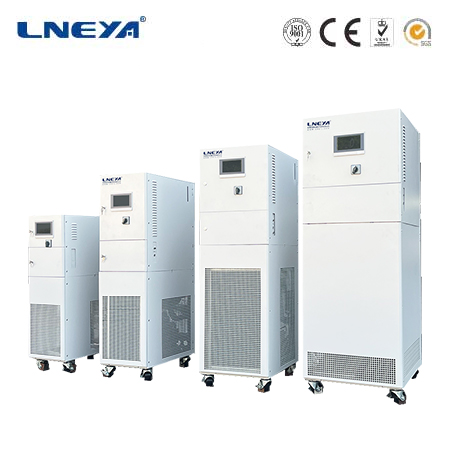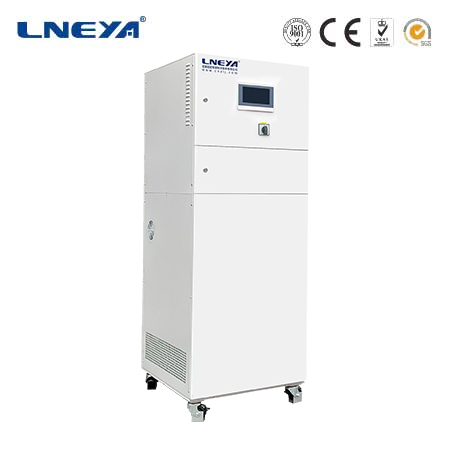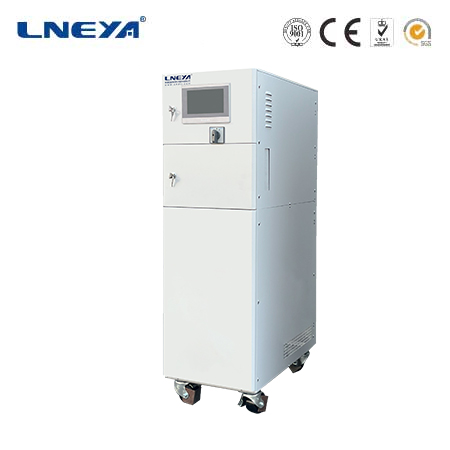water cooled chiller cop
Introduction to Water-Cooled Chiller COP
The coefficient of performance (COP) is a key efficiency rating for water-cooled chillers, measuring the ratio of cooling output to the electrical power input. A higher COP indicates a more efficient chiller system, which is vital for reducing energy consumption and operational costs. This article provides an in-depth analysis of the factors affecting the COP of water-cooled chillers and the methods for optimizing it.

Factors Affecting COP
Several factors can influence the COP of a water-cooled chiller system:
Condenser Water Flow Rates: Studies have shown that variations in condenser water flow rates can significantly impact the chiller’s COP. Optimal flow rates are essential for maintaining efficient heat rejection and, consequently, high COP values.
Control Strategies: Advanced control strategies, such as load-based speed control, can enhance the environmental performance of water-cooled chiller systems by adjust the speed of cooling tower fans and condenser water pumps in response to chiller load conditions.

System Interactions: The interaction between chillers, condenser water pumps, and cooling towers plays a significant role in the overall COP. Models have been developed to analyze these interactions and optimize the system’s performance.
Optimization of COP
Optimizing the COP of water-cooled chiller systems involves several strategies:
Variable Speed Control: Applying variable speed control to cooling tower fans and condenser water pumps can lead to significant energy savings and improved COP.
System Modeling and Simulation: Sophisticated models can predict how system COP increases with advanced control, helping to identify the most efficient operating conditions.

Load-Based Speed Control: This approach simplifies the optimal control of the entire system by basing the sequencing of chillers, pumps, and tower fans solely on the chiller load conditions.
Conclusion
The coefficient of performance (COP) is a critical indicator of a water-cooled chiller system’s efficiency. By understanding the factors that affect COP and implementing optimization strategies, it is possible to enhance the environmental performance of chiller systems. The use of advanced control strategies, system modeling, and load-based speed control can lead to significant energy and cost savings, making water-cooled chiller systems more sustainable and efficient.
Related recommendations
How to replace antifreeze for a 3 ton chiller?
1011How to replace antifreeze for a 3 ton chiller? 1. The lower the concentration, the better. Due to its corrosiveness, the lower the concentration, the safer it is when meeting the antifr...
View detailschiller items
424Understanding Chiller Items Chiller items encompass the range of components, technologies, and systems that facilitate cooling in various applications. Chillers are essential in maintaining opt...
View detailssistem water cooled chiller
512Understanding Water-Cooled Chiller Systems Water-cooled chiller systems are an essential component of Heating, Ventilation, and Air Conditioning (HVAC) in commercial, industrial, and institutio...
View details250 ton air cooled chiller
228IntroductionIn the domain of industrial and commercial cooling systems, the 250 - ton air cooled chiller stands as a formidable solution for handling substantial cooling loads. With a remarkable ...
View details
 LNEYA Thermal Test Chillers
LNEYA Thermal Test Chillers






HelloPlease log in